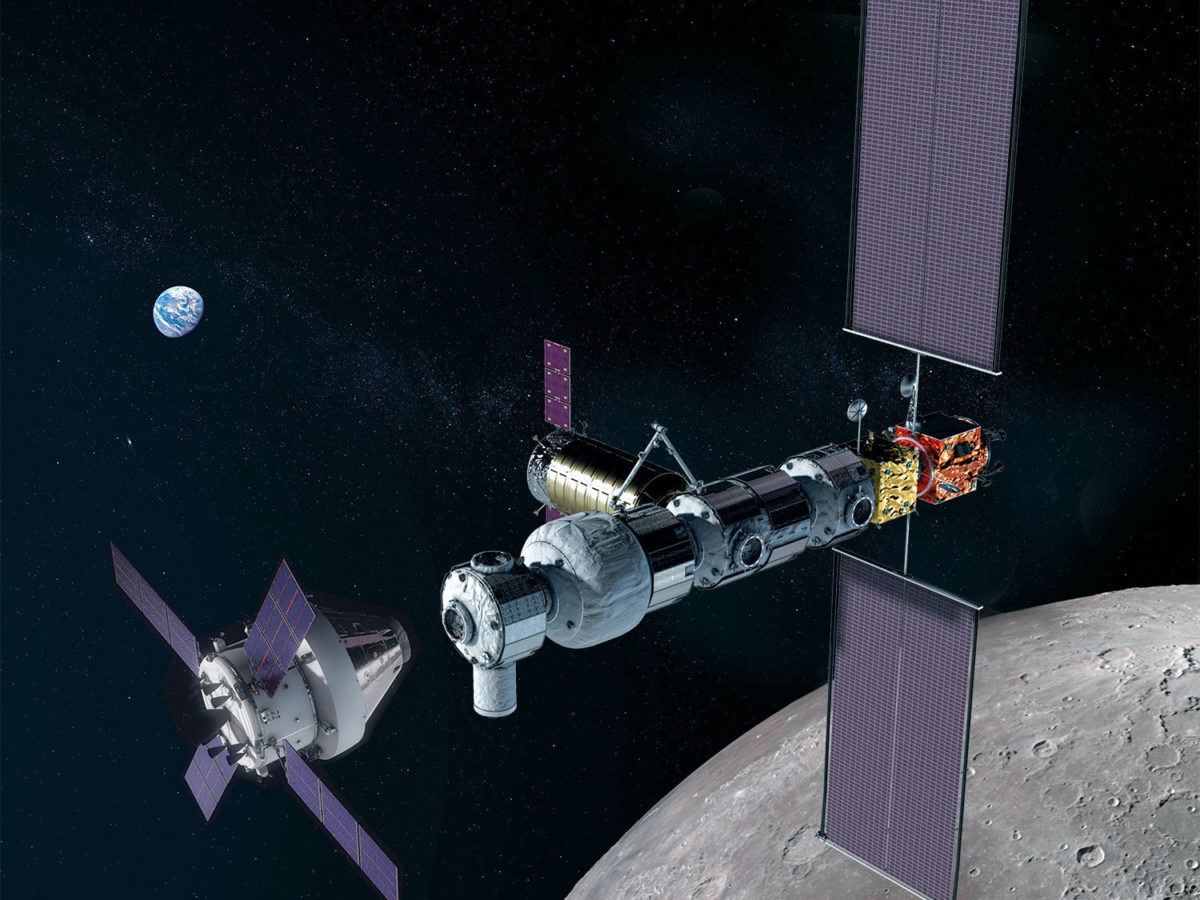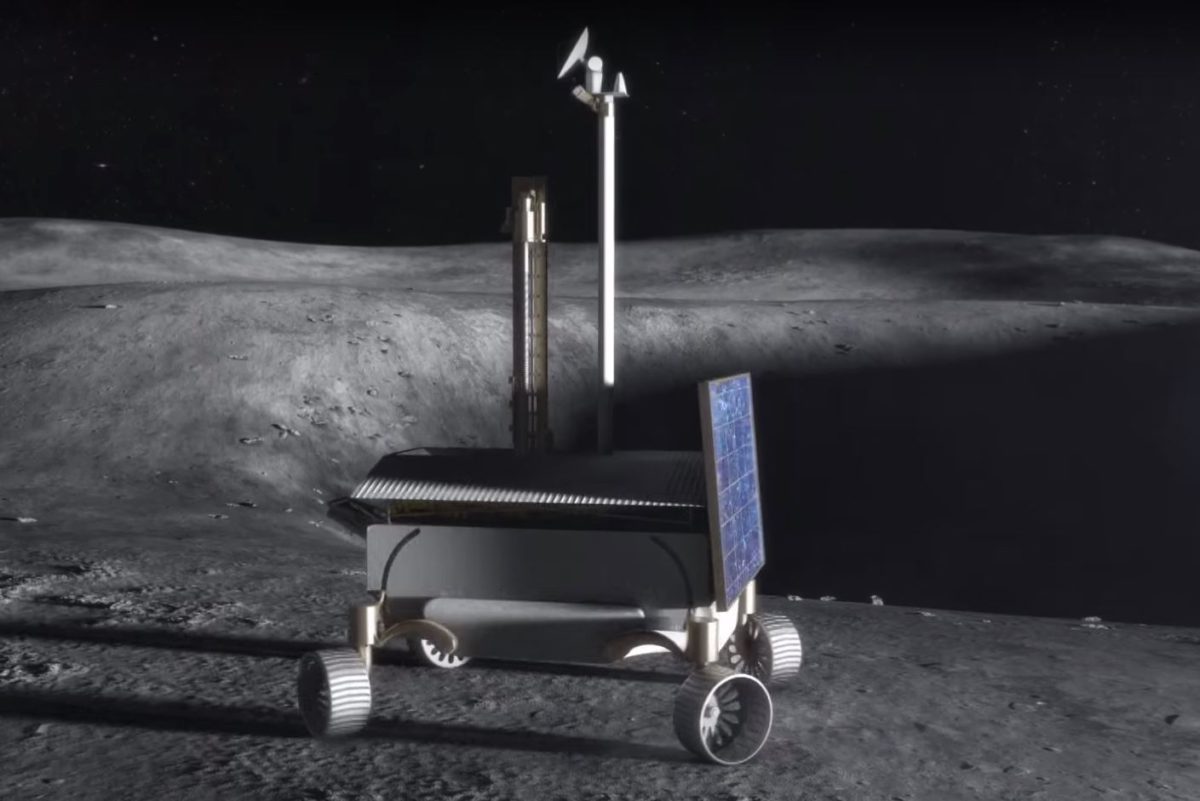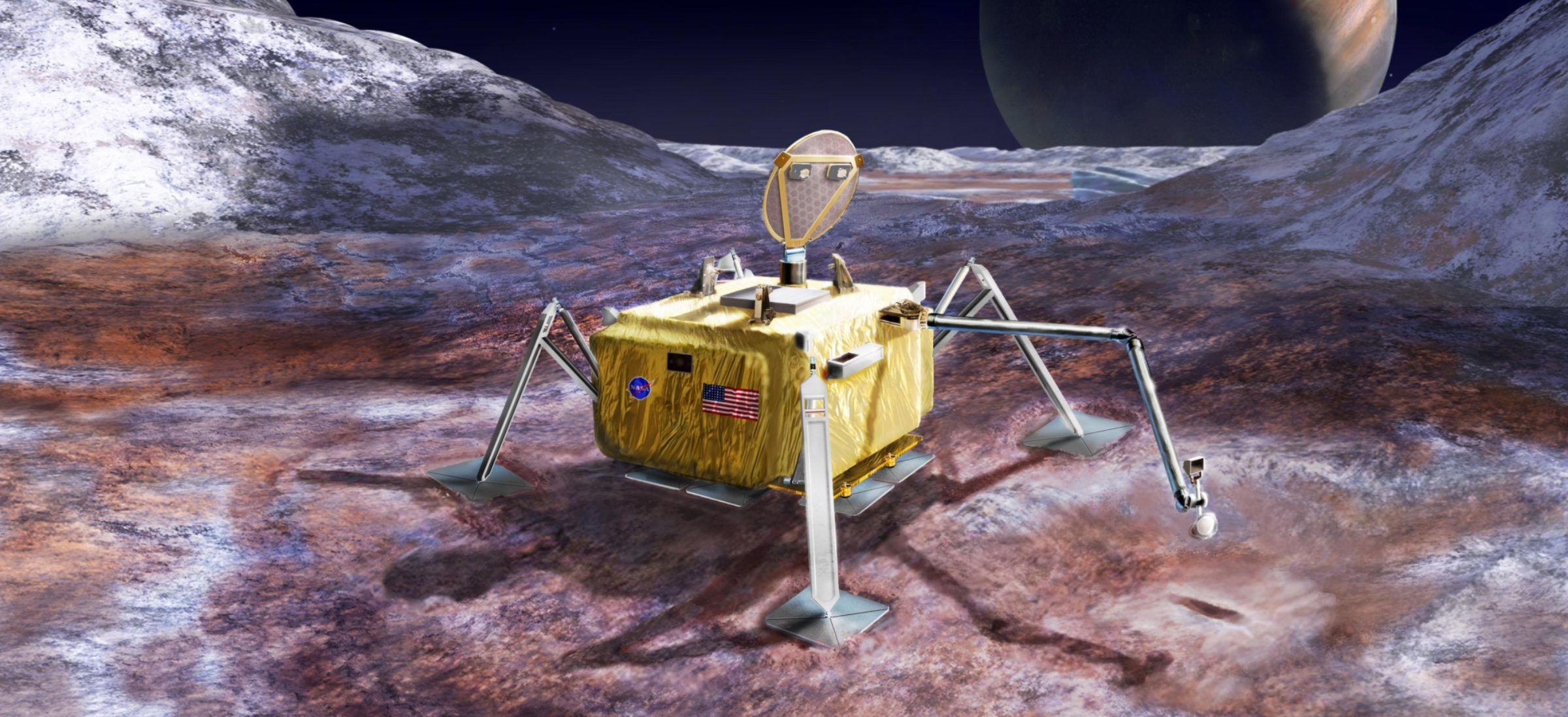Casey Dreier • Oct 03, 2018
The NASA programs most impacted by the budget delay
"Our goal is to fund the government in regular order," said Senator Richard Shelby (R-AL), the chairman of the Senate Appropriations Committee during the warm and optimistic days of August. The goal was not attained. And now many federal agencies—including NASA—are funded by temporary stopgap legislation until December.
In the context of funding the U.S. government, regular order is the prescribed process to advance 12 separate pieces of funding legislation through subcommittee, full committee, and finally to a floor for votes on both sides of Congress. This process provides ample time for debate, amendments, and input before the start of its fiscal year on October 1st (the bills must also be signed by the President to become law). This idealized process has only succeeded a handful of times since Congress defined this budgeting process in the 1970s. Nearly every year has suffered deviations in the process, primarily via the usage of partial- or full-year stopgap funding measures and the deployment of "buses": so-called omnibus or minibus legislation that crams many or all of the twelve funding bills into a mega appropriation that is all but impossible to vote against.
This year, with a bipartisan agreement to increase spending, an agreement to avoid controversial policy riders in appropriations legislation, full GOP control of the Congress and the White House, and the desire to demonstrate the ability to govern before the midterm elections, there was hope that the process would work. But the new fiscal year has arrived, and despite the successful passage of several spending bills for various parts of government, many federal agencies, including NASA, do not have their congressional appropriations.
On 21 September the President signed a "minibus" appropriation funding three of the twelve spending bills that cover Energy & Water, the Legislative Branch, and Military Construction & Veterans' Affairs. On 26 September, he signed another minibus covering two more of the appropriations covering Defense and Labor-Health and Human Services-Education. On 28 September, the President signed another minibus which funded the departments of Defense, Labor, Education, and Health and Humans Services. It also included a short-term continuing resolution (CR) to fund NASA and other federal agencies at last year's funding levels through 7 December. This keeps the government through November's mid-term congressional elections.
Compared to a shut down, a CR sounds like an acceptable stopgap. But depending on its length, a CR can delay important activities that ultimately could increase the cost of NASA projects. Under a CR, no projects can begin and no projects can end. And, generally speaking, NASA can only spend at a rate commensurate with the lowest proposed budget line in 2019, even if the 2018 budgeted amounts were higher.

Responsibility for NASA's budget rests with the Commerce, Justice, and Science (CJS) appropriations subcommittee. Both the House and Senate were able to pass CJS bills out of committee, though neither received votes on the floor. For NASA, the House bill would have appropriated $21.6 billion, an increase of $1.7 billion above the request and $810 million over NASA's FY 2018 spending level. In the Senate, the bill would have provided $21.3 billion, an increase of $1.4 billion above the request and $587 million above FY18.
Because NASA cannot formally start new projects under a CR and only extend previous year's spending authority, this delay will have the greatest negative impact on 1) new programs that NASA requested for 2019, and 2) programs that are entering into a period of development requiring significant increases in spending. The longer the continuing resolution, the longer the disruption of these projects, and the greater the likelihood they increase in cost or miss their target launch windows. Let's look at a few projects that are likely to feel this impact:

The Gateway
NASA requested $504 million for FY19 to begin the lunar Gateway project to place the first component of a new space station, a power and propulsion module, into lunar orbit by 2022. This is compared to $0 in 2018. NASA has already been advancing concepts for the Gateway via NextSTEP-2 studies and Congress has provided more than $100 million since 2016, but these are short-term in nature and limited in scope.

Lunar Discovery and Exploration Program
As part of the new focus on the Moon, the White House requested $200 million per year beginning in FY 19 for a new effort to procure commercial landing services to place scientific instruments on and around the Moon. This is compared to $0 in 2018.

Commercial LEO
The White House proposed to end NASA's primary role in managing the International Space Station by 2025. And though there are no immediate impacts to the ISS funding in this budget, NASA did request $150 million in 2019 to begin purchasing commercial services and programs in low-Earth orbit, compared to $0 in 2018.
Double Asteroid Redirect Test (DART)
The DART mission received the necessary "new start" request in the 2019 budget to allow NASA to pursue this asteroid deflection mission, along with a $90 million request to fund its development next year. But as with other projects, NASA cannot enter into long-term contracts for this mission without Congress approving the new spending and authorizing expenditure from the Treasury.
NEOCam
NEOCam is already hanging on by a fiscal year thread. This project is not supported in NASA's budget request for 2019, though it currently has funding provided by the House CJS subcommittee in 2018—now extended for the next two months. The House had proposed additional funding in 2019; the Senate proposed $0 in alignment with the White House. Absent a compromise budget for NASA, this conflicting budgetary direction will lead to a very uncertain few months for NEOCam, making it difficult to retain its team and momentum.

Europa Lander
The House's budget for NASA provided $200 million for the Europa Lander project. The Senate provided none and the White House requested none. A CR would allow NASA to continue to spend the previous year's funding to study this project, but at a lower intensity.
Major programs that are well underway would be largely unaffected by a CR. These include the SLS, Orion, Mars 2020, and the Discovery missions, all of which are already approved by Congress and have similar budgets already proposed for them in 2018.
Congress can still pass a compromise budget for NASA in December. Depending on the outcomes of the November mid-terms, it may be difficult to reach an agreement, particularly if the Democrats win one or both chambers and would want to wait to assume leadership and improved bargaining power. But the longer the CR, the bigger the impact on NASA's efforts, and likely the greater cost to the nation in the long-run.
Support our core enterprises
Your support powers our mission to explore worlds, find life, and defend Earth. You make all the difference when you make a gift. Give today!
Donate

 Explore Worlds
Explore Worlds Find Life
Find Life Defend Earth
Defend Earth



